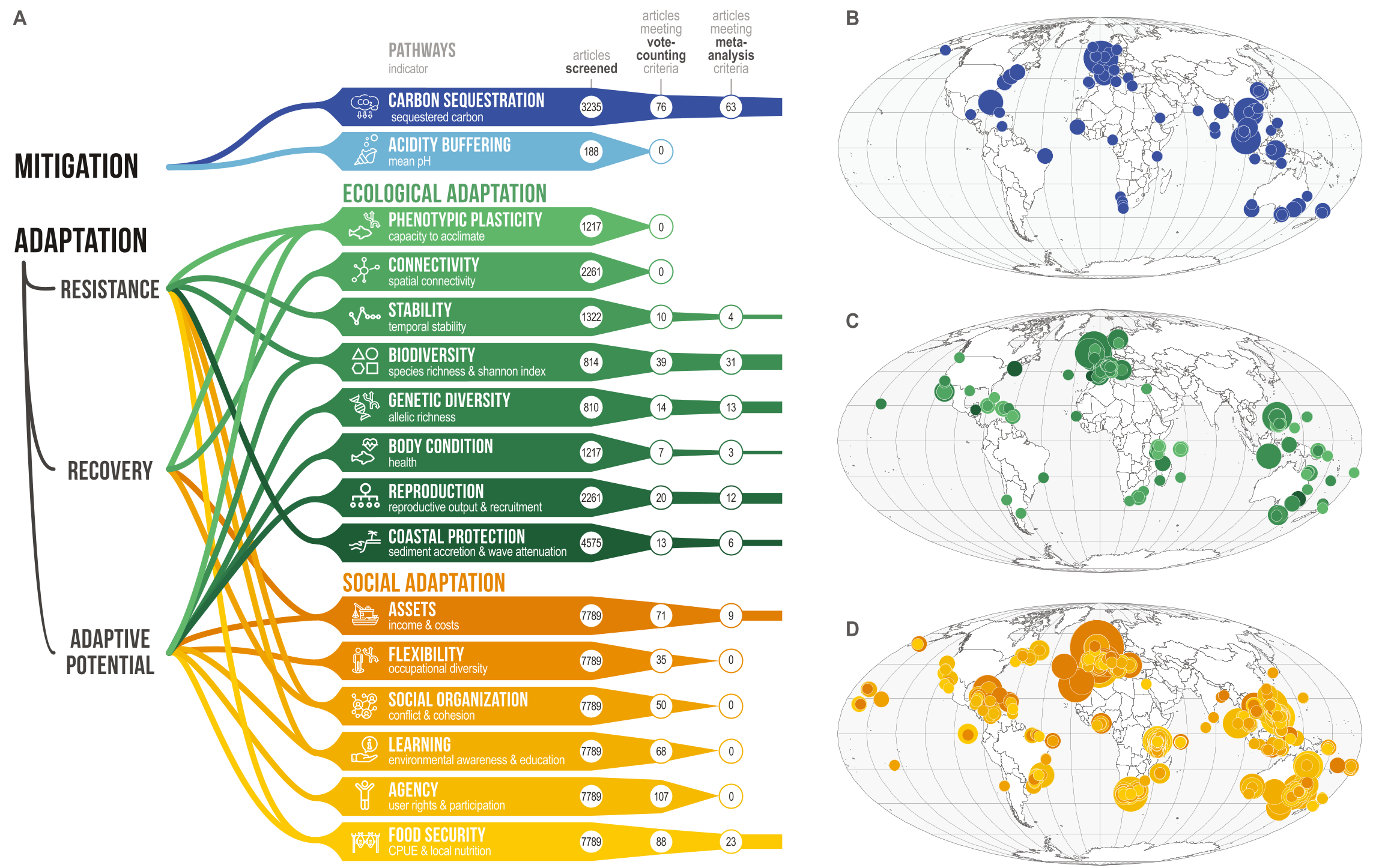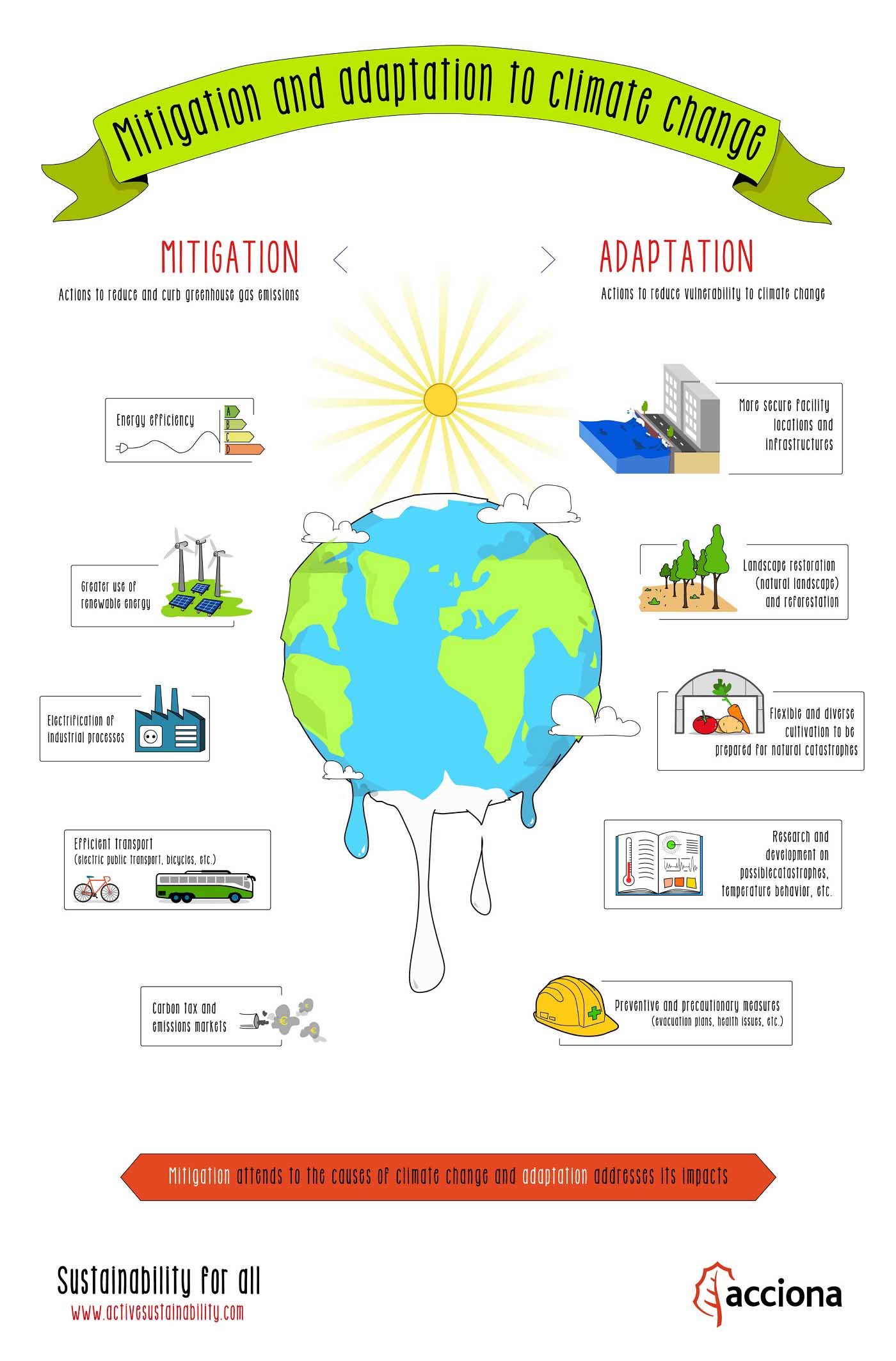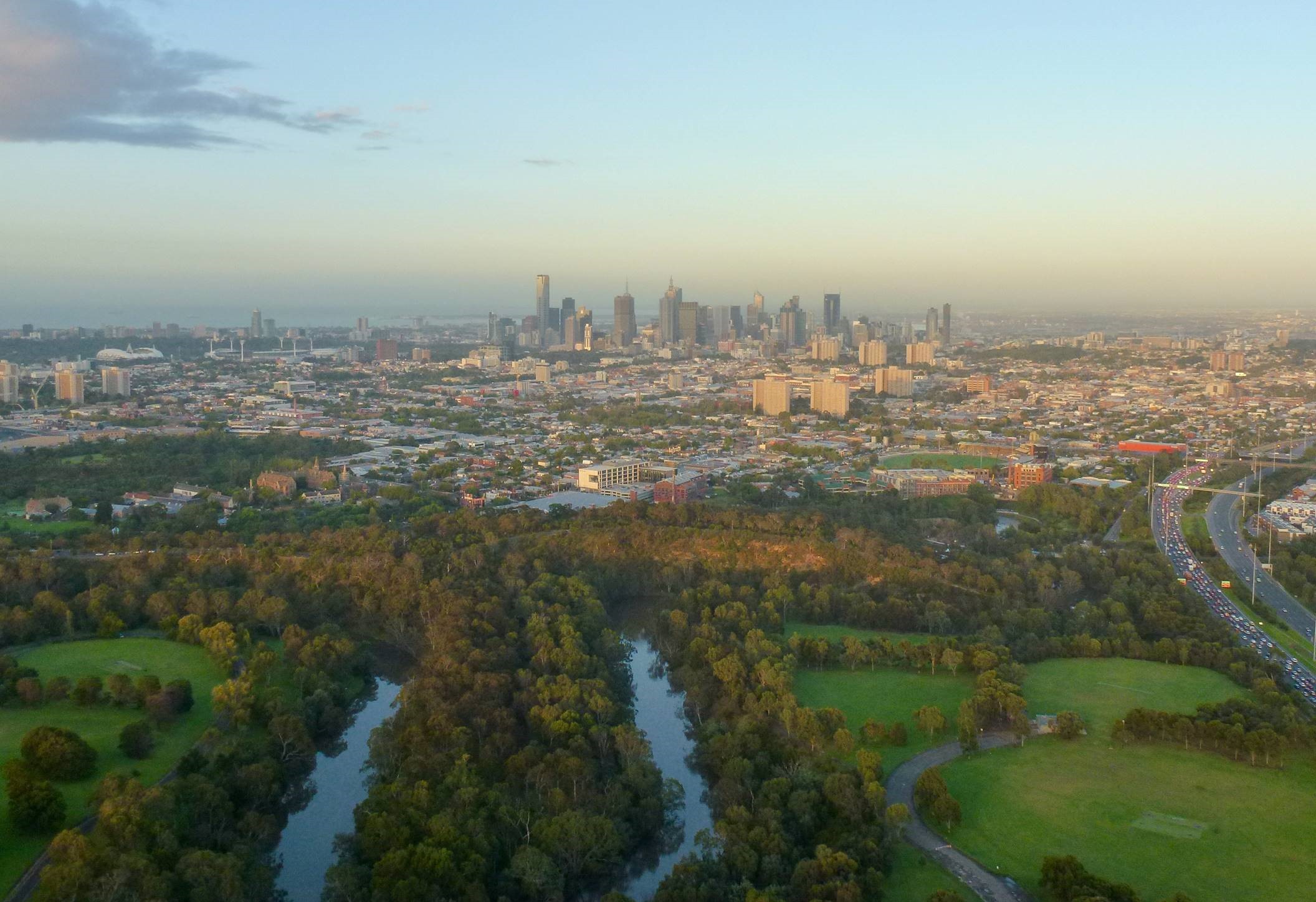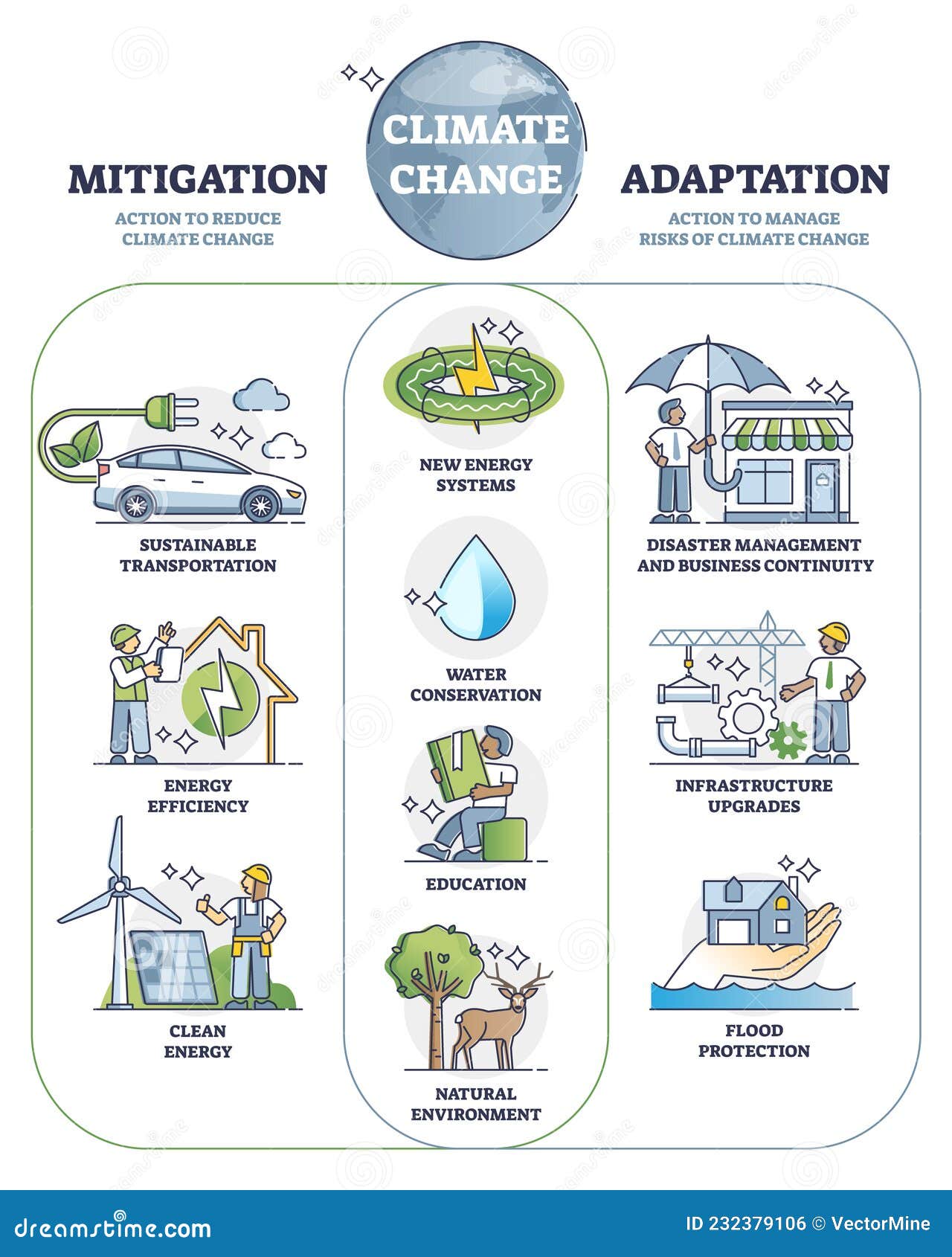Climate Change: Impacts, Mitigation, And Adaptation For A Sustainable Future
Climate Change: What's At Stake For Earth's Future?
Climate Change: Impacts, Mitigation, And Adaptation For A Sustainable Future

Ocean conservation boosts climate change mitigation and adaptation - Source www.stockholmresilience.org
Editor's Notes: "Climate Change: Impacts, Mitigation, And Adaptation For A Sustainable Future" have published today date". Give a reason why this topic important to read.
After extensive analysis and research, our expert team has put together this comprehensive guide to provide readers with a comprehensive understanding of the impacts, mitigation strategies, and adaptation measures associated with climate change. This guide aims to empower individuals and organizations to make informed decisions and contribute to a more sustainable future.
Key Differences or Key Takeaways:
| Impacts | Mitigation | Adaptation |
|---|---|---|
| Rising sea levels, extreme weather events, changing ecosystems | Reducing greenhouse gas emissions, transitioning to renewable energy | Adjusting to climate impacts, building resilient infrastructure, implementing early warning systems |
The Impacts of Climate Change:
FAQ on Climate Change: Impacts, Mitigation, and Adaptation
Climate change poses a pressing and complex challenge for our planet, prompting numerous questions and concerns. This FAQ aims to provide concise and evidence-based answers to some of the most common questions surrounding its impacts, mitigation, and adaptation strategies for a sustainable future.

Mitigation and adaptation to climate change - Source www.activesustainability.com
Question 1: What are the primary causes of climate change?
Climate change is primarily driven by human activities that release greenhouse gases into the atmosphere, such as burning fossil fuels for energy production, deforestation, and industrial processes. These gases trap heat, leading to a gradual increase in global temperatures.
Question 2: What are the anticipated impacts of climate change?
Climate change is expected to have far-reaching impacts on our planet, including extreme weather events (e.g., hurricanes, heatwaves, droughts), rising sea levels, decreasing agricultural yields, and the spread of infectious diseases.
Question 3: Can we mitigate the effects of climate change?
Mitigation strategies aim to reduce greenhouse gas emissions by transitioning to renewable energy sources, improving energy efficiency, and promoting sustainable land use practices. Implementing these measures can help mitigate the severity of climate change impacts.
Question 4: How can we adapt to the changing climate?
Adaptation strategies focus on preparing for and responding to the inevitable effects of climate change. This involves investing in infrastructure resilience, developing early warning systems, and implementing risk management plans.
Question 5: Is it too late to act on climate change?
While climate change is an urgent issue, it is not too late to take action. By implementing bold and comprehensive mitigation and adaptation strategies, we can minimize its most severe consequences and secure a sustainable future for generations to come.
Question 6: What can individuals do to make a difference?
Individuals can contribute by reducing their carbon footprint through energy conservation, sustainable transportation, responsible consumption, and supporting climate policies. Additionally, advocating for climate action and raising awareness can create a collective impact.
Understanding the complexities of climate change is crucial for informed decision-making and collective action. This FAQ provides a concise overview of the key issues, empowering readers to engage in meaningful discussions and contribute to a sustainable future.
To learn more, explore the comprehensive article "Climate Change: Impacts, Mitigation, And Adaptation For A Sustainable Future."
Tips
Take actionable steps toward a sustainable future by implementing these practical tips that address the challenges of climate change:

Integrating climate change adaptation and mitigation in built environments - Source msd.unimelb.edu.au
Tip 1: Advocate for Policy Change
Support policies that prioritize clean energy, reduce carbon emissions, and promote adaptation and resilience measures. Engage with elected officials and policymakers to advocate for meaningful action.
Tip 2: Reduce Energy Consumption
Implement energy-efficient practices at home and in businesses, such as installing LED lighting, improving insulation, and using energy-star appliances. Encourage the use of renewable energy sources like solar panels and wind turbines.
Tip 3: Promote Sustainable Transportation
Reduce reliance on fossil fuel-powered vehicles by promoting public transportation, walking, cycling, and electric vehicles. Invest in infrastructure that supports these sustainable transportation options.
Tip 4: Enhance Green Infrastructure
Create or maintain natural areas such as forests, wetlands, and green roofs. These areas absorb carbon dioxide, provide urban cooling, and improve water retention. Encourage urban planning that incorporates green spaces.
Tip 5: Implement Sustainable Agriculture
Adopt agricultural practices that reduce greenhouse gas emissions, such as no-till farming, agroforestry, and cover cropping. Promote organic farming and the use of renewable energy on farms.
Tip 6: Promote Waste Reduction, Reuse, and Recycling
Implement waste management systems that prioritize reducing waste, reusing materials, and recycling. Encourage responsible consumption habits and educate individuals on the environmental impacts of waste.
Tip 7: Support Research and Education
Invest in scientific research to enhance our understanding of climate change and its impacts. Support educational programs that raise awareness, foster climate literacy, and equip future generations to address these challenges.
Climate Change: Impacts, Mitigation, And Adaptation For A Sustainable Future provides a comprehensive overview of these mitigation and adaptation strategies, along with scientific evidence and case studies.
Climate Change: Impacts, Mitigation, And Adaptation For A Sustainable Future
Climate change, a pressing issue of our time, demands comprehensive efforts to address its severe impacts, promote mitigation strategies, and enhance adaptation measures for a sustainable future. Here are six key aspects to consider:
- Impacts: Rising sea levels, extreme weather events, and disruptions to ecosystems
- Mitigation: Reducing greenhouse gas emissions through renewable energy, energy efficiency, and sustainable practices
- Adaptation: Enhancing resilience to climate change impacts through infrastructure improvements, disaster preparedness, and community resilience building
- Sustainable Development: Integrating climate change considerations into development plans to ensure long-term sustainability
- Collaboration: Fostering partnerships among governments, businesses, and civil society for effective action
- Finance: Mobilizing resources for climate change mitigation, adaptation, and capacity building
These key aspects are interconnected and essential for addressing climate change. Mitigation efforts reduce greenhouse gas emissions, while adaptation strategies enhance resilience to climate change impacts. Sustainable development integrates climate change considerations into long-term planning, ensuring the well-being of future generations. Collaboration and finance are crucial to mobilize resources and implement effective climate change initiatives. By addressing these aspects, we can work towards a sustainable future where human societies and ecosystems thrive amidst the challenges posed by climate change.

(PDF) Taking Action on Green Resilience: Climate Change Adaptation and - Source www.researchgate.net
Climate Change: Impacts, Mitigation, And Adaptation For A Sustainable Future
Climate change poses significant threats to our planet, affecting ecosystems, human populations, and economies. Understanding the impacts of climate change, implementing mitigation strategies to reduce greenhouse gas emissions, and implementing adaptation measures to cope with the inevitable changes are critical components of working towards a sustainable future.

Climate Change Mitigation and Adaptation Actions for Future Outline - Source www.dreamstime.com
Climate change impacts are already being felt around the world, with rising sea levels, more extreme weather events, and changing precipitation patterns. These impacts have far-reaching consequences, including loss of life, damage to infrastructure, and disruption of livelihoods. To mitigate climate change, nations must work together to reduce greenhouse gas emissions from human activities, such as burning fossil fuels, deforestation, and industrial processes.
Adaptation is also crucial. By implementing measures such as building resilient infrastructure, developing drought-resistant crops, and improving early warning systems, we can reduce the vulnerability of communities and ecosystems to the effects of climate change.
Understanding the connection between climate change impacts, mitigation, and adaptation is essential for formulating effective policies and taking meaningful action. A comprehensive approach that addresses all three aspects can help us create a more sustainable and resilient future.
| Climate Change Impacts | Climate Change Mitigation | Climate Change Adaptation |
|---|---|---|
| Rising sea levels | Reducing greenhouse gas emissions | Building seawalls and levees |
| More extreme weather events | Investing in renewable energy | Developing early warning systems |
| Changing precipitation patterns | Promoting energy efficiency | Improving water conservation measures |
Conclusion
Addressing climate change requires a multifaceted approach that encompasses mitigation, adaptation, and a deep understanding of the interconnections between these elements. By working together, nations can create a more sustainable future, ensuring the well-being of present and future generations.
The challenges posed by climate change are daunting, but they can be overcome through collaboration, innovation, and a commitment to a sustainable future. By embracing the principles of mitigation, adaptation, and a comprehensive understanding of their interconnectedness, we can create a world that is resilient and thriving in the face of climate change.
Rick Perry: Texas Governor, Energy Secretary, And Republican Presidential Candidate, Park City Utah: Experience Unforgettable Adventures And Discover Hidden Gems, Shinnosuke Ogasawara: Japanese Football Maestro With Unwavering Dedication, Jesse Chavez: Journeyman Reliever With Underrated Success, Kotkaniemi: Finnish NHL Star Rising To Prominence, Arizona State Sun Devils: Dominating The Court With Unwavering Spirit, Olivia Culpo: Model, Actress, And Lifestyle Influencer, Ted Lasso's Triumphant Return: The Epic Season 4, LMT Stock: Defense Industry Giant Poised For Growth In Challenging Times, Urgent Safety Recall: Kia Warns Of Fire Risk In Certain Sorento And Sportage Models,